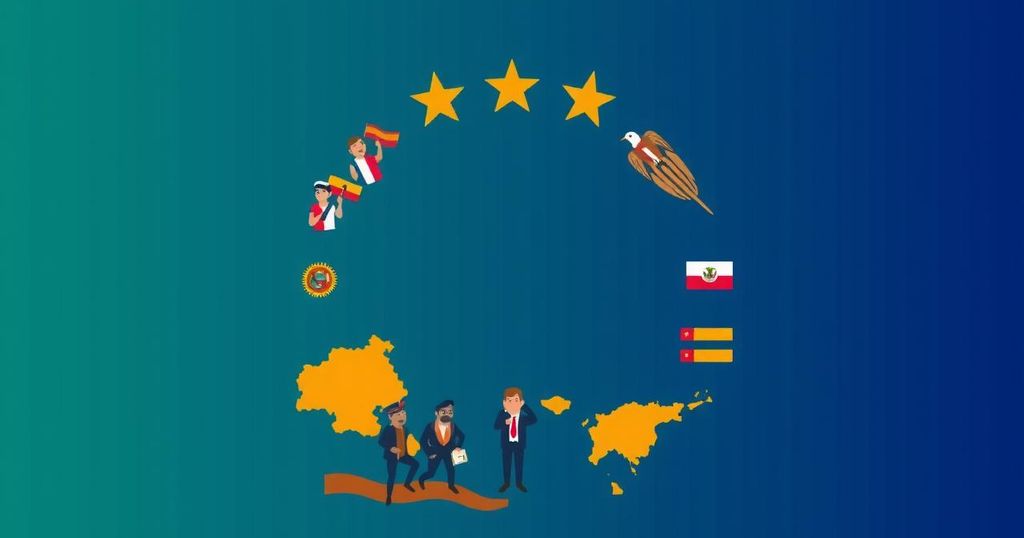The APEC summit in Lima concluded with significant discussions on trade and economic relations amid the uncertainty of U.S. policy shifts under Donald Trump. President Xi Jinping emphasized globalization while President Biden’s late arrival symbolized the challenges for U.S. leadership. The summit marked a critical juncture for discussions between the two major powers against a backdrop of rising economic rivalry.
The Asia-Pacific Economic Cooperation (APEC) forum concluded in Lima, Peru, after two days characterized by diplomatic discussions that largely remained superficial. Leaders from Pacific Rim economies, including President Joe Biden of the United States and President Xi Jinping of China, gathered during a precarious moment in U.S.-China relations, particularly with President Donald Trump poised to alter America’s commitment to global trade policies. Observers noted the peculiar circumstances surrounding Biden’s late arrival for the traditional family photo, which underscored the shifting dynamics of global leadership. President Xi, advocating for globalization and overseeing the debut of a significant $1.3 billion megaport in Peru, took a prominent position at the event, symbolizing China’s rising influence. Participants donned traditional Peruvian scarves during the photo opportunity, yet the underlying tensions regarding trade and security between the U.S. and China were palpable. As Biden concluded his tenure with this summit, the anticipation of upcoming discussions with Xi heightened the stakes going forward.
The APEC summit serves as a critical platform for leaders from Asia-Pacific nations to discuss trade, economic policies, and regional cooperation. This year’s forum took on increased significance as it highlighted the contrasting approaches to global trade between the U.S. and China, especially in light of impending transitions in U.S. leadership. President Biden’s presence was marked by the looming adjustments President Trump intends to implement, which may unsettle established collaborations in free trade and economic partnerships, heightening the scrutiny on these international relationships. Leaders navigated these complex dynamics against a backdrop of increased economic protectionism and nationalism.
In summary, the APEC summit in Lima highlighted the delicate state of international relations in the Asia-Pacific region, particularly as China assumes a more prominent role amidst potential shifts in U.S. trade policy. With President Biden concluding his tenure and contemplating the implications of Trump’s incoming administration, the future of global trade agreements hangs in the balance. Xi’s central positioning at the summit and his emphasis on globalization reflect the evolving face of leadership in a world grappling with protectionist sentiments.
Original Source: www.livemint.com






